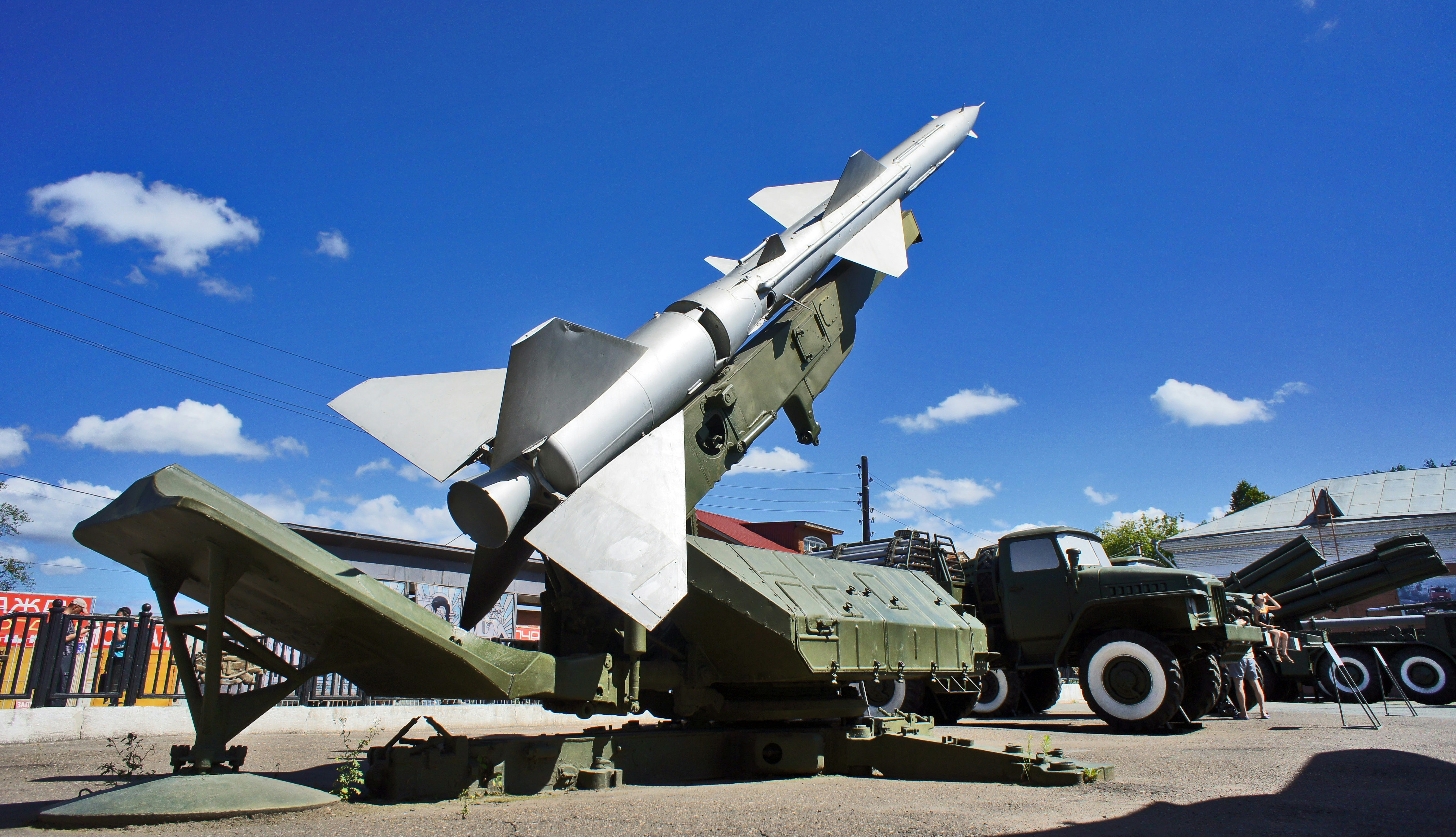Understanding Ballistic Missile Threats
Ballistic missiles are projectiles that are propelled by rockets and follow a ballistic trajectory. Once their engines cease firing, they proceed under the influence of gravity and air resistance, often reaching altitudes that can exceed 100 kilometers before descending toward their target. Notably, ballistic missiles can be classified into several categories based on their ranges—short-range, medium-range, intermediate-range, and intercontinental ballistic missiles (ICBMs). Each class presents varying degrees of threat based on the distances they can cover, with ICBMs capable of striking targets thousands of kilometers away.
The threats posed by ballistic missiles are particularly concerning during nighttime operations. During dark conditions, the lack of visibility significantly hampers detection and situational awareness. There is an increased risk of being caught off-guard, as the usual cues that one would rely on during daylight are diminished. Traditional radar systems and other detection technologies may have limitations in nighttime environments, making it challenging to identify a missile launch in progress. Additionally, the ability to visually observe incoming threats is virtually eliminated after sunset, which exacerbates the challenges of threat assessment and emergency response.
Detection systems designed to scout for ballistic missile launches often rely on infrared and thermal imaging technologies, which can still be effective at night. However, these systems must be calibrated and maintained for nighttime operations to ensure reliability. The essential indicators of a potential missile launch—such as elevated heat signatures or specific sound patterns—might go unnoticed without proper tools in the dark, leaving an increased window of attack vulnerability. Understanding these dynamics is crucial for improving preparedness and response strategies to mitigate the consequences of a potential ballistic missile attack, particularly under the dire conditions of nightfall.
Preparedness Planning: Steps to Take in Advance
Preparedness is a critical aspect of personal safety, particularly in the face of potential threats such as ballistic missile attacks. The first step in effective preparedness is the development of a comprehensive family emergency plan. This plan should clearly outline the roles and responsibilities of each family member during an emergency, ensuring that everyone knows how to react and where to go. It is essential for family members to discuss their plan regularly to keep it fresh in their minds.
Establishing communication channels is also paramount. Families should designate a relative or friend outside of their immediate area as a contact point. This individual can help facilitate communication in the event that local lines are compromised. Additionally, obtaining battery-operated or hand-crank radios can ensure access to emergency broadcasts, enhancing your ability to stay informed about the situation.
Identifying safe locations where family members can regroup is another fundamental step. Local shelters or predetermined safe zones should be researched and noted, facilitating a swift response should an alert be issued. It is also advisable to have a go-bag prepared, equipped with essential survival supplies such as water, non-perishable food, medications, first-aid supplies, and important documents. This go-bag should be easily accessible and maintained regularly to ensure everything inside is up to date.
Understanding local emergency protocols can significantly bolster preparedness. Familiarizing oneself with community resources, such as local emergency management offices and alert systems, can provide critical information regarding impending threats. Engagement with these community resources ensures that you receive timely alerts and know the appropriate actions to take during an emergency. Collectively, these steps form a robust framework for preparedness, enabling individuals and families to enhance their safety and resilience in the face of potential ballistic missile attacks.
Immediate Actions During a Missile Threat at Night
In the unfortunate event of a ballistic missile threat during nighttime, it is imperative to react swiftly and effectively to ensure the safety of yourself and your loved ones. The first step you should take is to utilize emergency alerts and notifications provided by local authorities. Most regions vulnerable to such threats have alert systems in place that will inform you of a missile launch. Make sure to have a reliable source of information, such as a weather radio or a smartphone app, which can provide real-time updates and instructions from emergency management agencies.
Once you receive an alert indicating a threat, locate the nearest designated safe space. Ideally, this should be an underground shelter or a basement, as these areas offer the most protection from a potential explosion or blast wave. If you are at home, move to the smallest interior room, preferably away from windows and external walls. If you are in a public place, follow the guidance of the facility’s emergency procedures. If there are children or elderly family members present, ensure they are accounted for and assist them in reaching the safe space without delay.
Minimizing exposure to potential blast zones is critical. Avoid seeking shelter in areas where outside walls or large windows could shatter upon impact. Once in the safe space, remain there until further alerts confirm it is safe to exit. Keeping calm during these stressful circumstances is essential. Reassure family members by maintaining a composed demeanor and offering constructive guidance on what to do next. Encourage everyone to stay quiet and listen to updates, as this will help to alleviate panic and maintain a clear focus on safety. Remember that panic can exacerbate an already distressing situation, so staying calm will be beneficial for all involved.
After the Incident: Recovery and Response
In the aftermath of a ballistic missile attack, the immediate priority is to assess the safety of all individuals in the vicinity. Once the alert or strike has occurred, it is vital to remain vigilant and stay indoors until authorities confirm that it is safe to exit. This precaution helps protect against secondary threats and allows emergency services to respond effectively without additional distractions.
To ensure everyone’s safety, conduct a thorough check of your surroundings. Look for potential injuries among family members or friends, and provide immediate first aid if necessary. If there are serious injuries or if someone requires medical assistance, it is crucial to communicate with emergency services without delay. Keeping a battery-powered radio or a smartphone on hand can help you receive real-time updates from official sources. Ensure that any telephone lines or internet connections are working well, as these channels are essential for calling for help.
Another significant aspect of recovery is recognizing the psychological impact of such traumatic events. Survivors often experience anxiety, fear, or confusion in the days and weeks that follow. It is important to acknowledge these emotions and seek professional mental health support when needed. Many community support networks and recovery resources are available to assist individuals coping with the aftermath of a missile attack. Local organizations may offer counseling services, support groups, or informational sessions to help individuals process their experiences.
Engaging with these resources can foster a sense of normalcy and community resilience. Connecting with others who have experienced similar challenges can be particularly beneficial in reducing feelings of isolation. Ensuring both physical safety and emotional well-being is essential for recovery after an incident, laying the groundwork for healing and rebuilding in the face of adversity.








